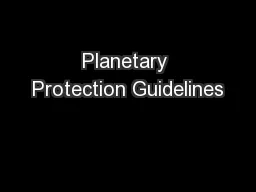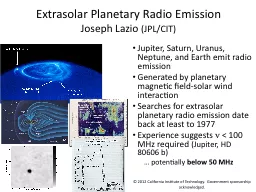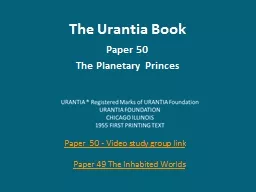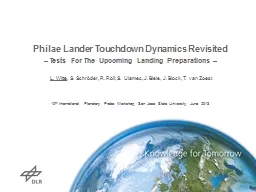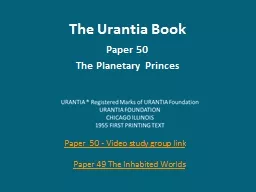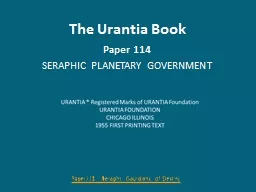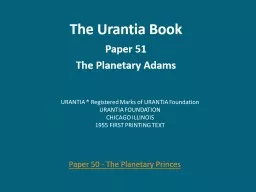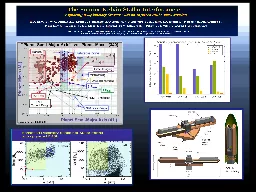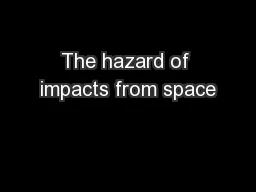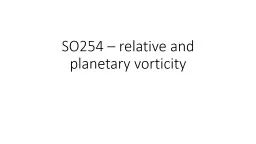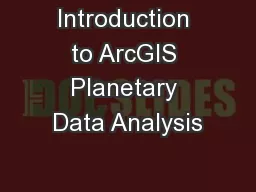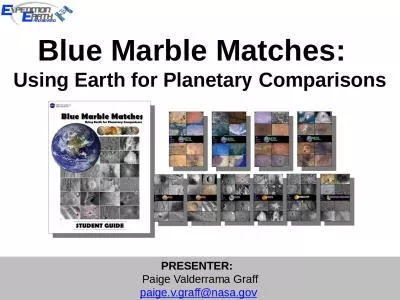PPT-Planetary Protection Guidelines
Author : liane-varnes | Published Date : 2015-12-06
Policy amp REQUIREMENTS FOR CubeSats Dr Cassie Conley James E Johnson January 8 2015 Planetary Protection Basics Basic w orking definition Mitigating the risks
Presentation Embed Code
Download Presentation
Download Presentation The PPT/PDF document "Planetary Protection Guidelines" is the property of its rightful owner. Permission is granted to download and print the materials on this website for personal, non-commercial use only, and to display it on your personal computer provided you do not modify the materials and that you retain all copyright notices contained in the materials. By downloading content from our website, you accept the terms of this agreement.
Planetary Protection Guidelines: Transcript
Download Rules Of Document
"Planetary Protection Guidelines"The content belongs to its owner. You may download and print it for personal use, without modification, and keep all copyright notices. By downloading, you agree to these terms.
Related Documents

